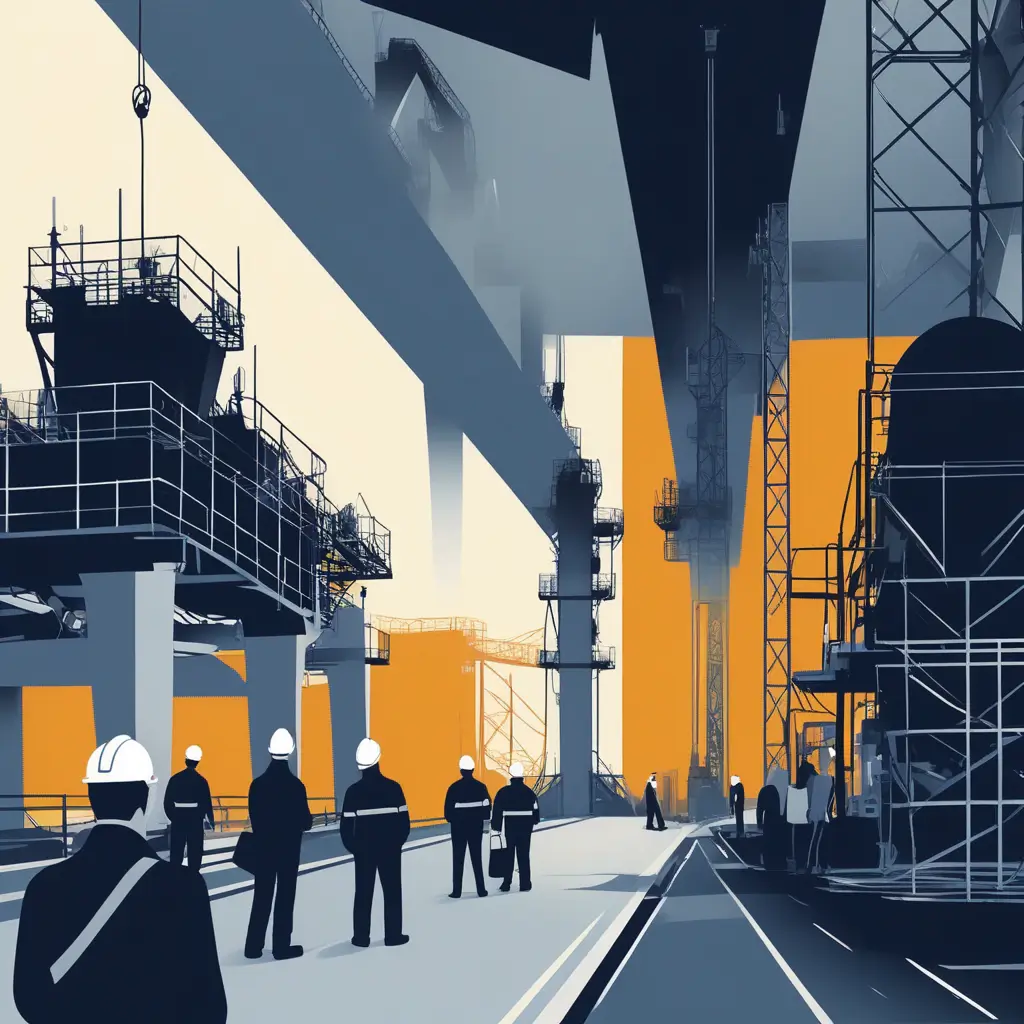UK Steel’s Revival: What Contractors Need to Know

A historic transformation is underway in the UK steel industry. A £1.25 billion investment partnership from Tata Steel and the UK Government at Port Talbot marks the largest steel sector funding in decades. This commitment does not just secure 5,000 jobs at Tata Steel UK; it also signals a cleaner, greener future for British steelmaking. The sector’s revived prospects pose critical opportunities for contractors and skilled freelancers—if you act fast and strategically.
The industry’s tumultuous history, from 1980s decline and privatisation through periods of global competition and job losses, sets the backdrop for today’s renewal. Once dominated by large-scale nationalised production and union conflict, British steel endured decades of contraction, hitting employment lows as recently as the early 2000s. However, the current surge in public and private investment reflects urgent priorities: achieving national decarbonisation targets and strengthening economic resilience by reducing steel import dependency.
What’s powering the steel industry’s comeback?
- The sector accounts for approximately 2.2% of total UK greenhouse gas emissions. To meet net-zero targets by 2050, traditional blast furnaces are making way for cutting-edge electric arc furnace (EAF) plants that allow for scrap steel recycling and cleaner technologies.
- Major projects such as the Port Talbot green steel initiative and new manufacturing investment in Sheffield will foster demand for wind turbines, electric vehicles, and sustainable infrastructure—driving growth in related fields.
- Expansion projects like the Margam Connection, including a new 275kV substation, promise further upgrades to energy and supply chain capacity.
- Mechanical, electrical, civil, structural, and process engineering
- Project management, especially for technology transition and infrastructure builds
- Skilled trades including fabrication, welding, pipefitting, and machinery operation
- Environmental and decarbonisation consultancy (hydrogen-based reduction, carbon capture)
- Digital, automation, and data analysis specialists
- Health and safety, with industrial expertise
Roles and Skills in High Demand
Contractors and freelancers will find ample opportunities in the following disciplines:
Strategic Context: Why Sovereignty Matters
After years of job losses and import reliance, the current investment strengthens domestic steelmaking. This shift ensures the UK can supply vital sectors, especially those critical to national defence and large infrastructure undertakings. Recent initiatives aim for both supply security and an industrial rebirth in communities hit hardest by the sector’s past decline. As offshore wind power alone could demand 25 million tonnes of steel by 2050, market opportunities for UK producers are considerable—a potential £21 billion value.
A Snapshot of UK Steel’s Evolution: 1980–2025
| Key Year | Event or Trend |
|---|---|
| 1979 | Thatcher government begins. Nationalised British Steel Corporation faces losses. |
| 1980 | Historic national steelworkers’ strike followed by mass layoffs. |
| 1988 | British Steel privatised, accelerating job cuts to below 100,000. |
| 2008 | Employment falls towards 37,000 due to global market pressures. |
| 2015 | Teesside Steelworks closes. Widespread redundancies. |
| 2019 | British Steel enters liquidation, bought by Jingye Group. |
| 2024 | Tata Steel shuts blast furnaces at Port Talbot, pivots to EAFs. |
| 2025 | Construction begins on green steel projects, thousands of jobs secured. |
1. Monitor career tabs at major steel producers and engineering firms (e.g., Tata Steel, British Steel, Liberty Steel).
2. Build ties with recruitment agencies specialising in engineering, energy, and industrial placements.
3. Attend relevant trade shows, conferences, and networking events to meet stakeholders and decision makers.
4. Showcase achievements in large-scale engineering, digital transformation, or environmental compliance—update your profiles and portfolios.
5. Pursue professional upskilling in automation, EAF or hydrogen-based steel technologies, or project management for industrial contexts.
What’s Next for the UK Steel Industry—and You?
Strong government and private investment have redefined the UK steel sector’s prospects. For skilled contractors and freelancers, the moment to act is now: position your skillset, enhance your credentials, and engage with new supply chains as they emerge. The move to cleaner, greener steel will not only create jobs in engineering, construction, and consultancy, but it will also redefine industrial resilience for a generation.
If you are interested in grabbing a stake in this renewed sector, now is the time to act. Stay informed on recruiting waves, consider additional certifications in green industrial tech, and make yourself known to the companies and agencies leading these ambitious projects.
Don’t miss your chance to be part of the UK’s steel resurgence—your next major contract could define your career.



